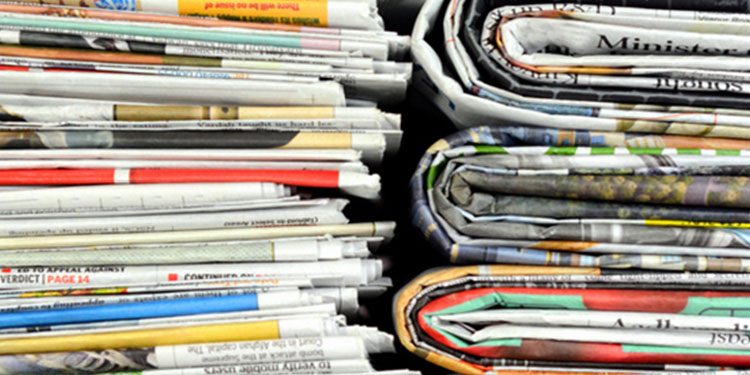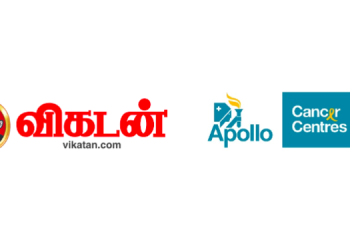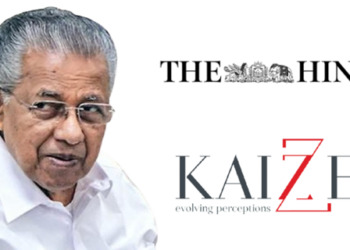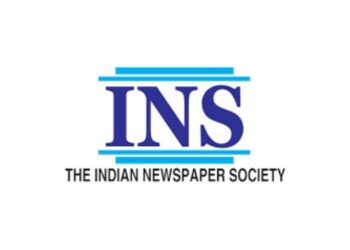India’s print media sector could log 20% top line growth next fiscal, driven by recovery in its two major revenue streams — advertisement (ad) and subscription — albeit on a low base.
However, higher newsprint prices will tear as much as 300-350 basis points (bps) off the operating margin, shows an analysis of print media companies rated by CRISIL Ratings, accounting for 40% of the sector’s revenues.
Ad revenue should rebound as economic activity improves, given their high correlation, while reopening of offices and people moving back to work locations should shore up subscription revenue.
Next fiscal, revenue could climb to Rs 27,000 crore from Rs 18,600 crore seen in fiscal 2021. But that won’t be enough to reclaim the pre-pandemic highs of over Rs 32,000 crore.
“Ad revenue, which accounts for 70% of the sector’s topline, recovered sharply after the second wave of the pandemic, supported by the festive season and state elections. The impact of the third wave was milder and limited to January. Next fiscal, we expect ad revenue of print media companies to grow 25% on a low base, in alignment with economic activity. Ad volumes are expected to rebound fully to the pre-pandemic level next fiscal, but ad yield will recover only gradually,” said Nitesh Jain, Director, CRISIL Ratings.
Subscription revenue — accounting for the balance 30% of the topline — has recovered to a large extent for Hindi and regional language newspapers, but remains impacted for English dailies. This, too, is expected to grow by 10% next fiscal, led by resumption of offices and migration of working population back to metros.
However, the increasing shift in reading preference to digital media would continue to keep subscription of physical newspapers below pre-pandemic levels.
Interestingly, lower subscription volume of physical newspapers has helped print media companies sail through the pandemic as it kept a leash on the volume of newsprint consumed (key raw material that accounts for 30-35% of the total operating cost for print media companies).
Newsprint prices have risen a whopping 60% in the past one year because of shortage of new and recycled newsprint, rise in freight rates, depreciation of the rupee, and fall in supplies following closure of manufacturing capacities.
“Operating margins of print media companies is seen contracting to 6.0-6.5% next fiscal from 9-9.5% this fiscal (refer Chart 3 in annexure), because of elevated newsprint prices. This is despite rationalisation of newsprint consumption and expected increase in cover prices. India imports more than half of its total newsprint demand. Russia is a major exporter, so its war with Ukraine could affect the demand-supply situation and impact newsprint prices,” said Rakshit Kachhal, Associate Director, CRISIL Ratings.
While the credit risk profiles of large print media companies will be cushioned by healthy liquidity and strong balance sheets — most of them are net debt free — liquidity management will be crucial for the smaller ones because of the rise in newsprint prices, as their interest cover is estimated to be 2-2.5 times as on March 31, 2022.
The base-case assumption is that newsprint prices will peak over the next few months and soften by the second quarter of next fiscal. Any continued rise in prices, or prolonged geopolitical issues, or further waves of the pandemic impacting India’s economic growth, will bear watching.

















